When it comes to cookware, it’s easy to get stuck between the premium feel of Calphalon and the budget-friendly appeal of Kirkland Signature Cookware (Costco’s in-house brand). Both are popular for home cooks, but they target slightly different audiences.
If you’re wondering which is better for your kitchen, I’ve got you covered. Let’s compare the two and figure out which brand works best for your cooking style, budget, and needs.
Quick Comparison: Calphalon vs. Kirkland Cookware
| Feature | Calphalon | Kirkland Signature Cookware |
|---|---|---|
| Material | Hard-Anodized Aluminum & Stainless Steel | Hard-Anodized Aluminum & Stainless Steel |
| Nonstick Coating | PTFE Nonstick | PTFE Nonstick |
| Price Range | $$ (Mid-Range) | $ (Budget-Friendly) |
| Durability | Premium Build, Long-Lasting | Good Quality, Moderate Durability |
| Oven-Safe Temperature | Up to 450-500°F | Up to 400-500°F (depending on the line) |
| Best For | Home cooks looking for longevity | Budget-conscious cooks who want good performance for less |
1. Brand Overview
Calphalon
Calphalon is a well-established cookware brand known for its hard-anodized aluminum and stainless steel cookware. They’ve been making cookware for decades, and their nonstick products are widely regarded as durable, reliable, and easy to use.
- Strengths: Long-lasting nonstick coating, premium feel, and excellent heat distribution.
- Target Audience: Home cooks who want durable, mid-range cookware that feels high-quality.
Kirkland Signature Cookware
Kirkland Signature is Costco’s private-label brand, offering cookware that’s affordable yet surprisingly well-made. Kirkland cookware often uses materials like hard-anodized aluminum and tri-ply stainless steel, which mimic more expensive brands—but at a fraction of the cost.
- Strengths: Affordable pricing, decent durability, and good performance for the money.
- Target Audience: Budget-conscious cooks looking for reliable, functional cookware.
2. Material and Construction: Quality Comparison
Both brands use similar materials, but the quality and construction vary.
Calphalon: Premium and Durable
Calphalon cookware is made from hard-anodized aluminum or stainless steel, depending on the line. Their hard-anodized pans are lightweight yet sturdy, while their stainless steel options have polished exteriors and aluminum cores for heat distribution.
- Hard-Anodized Aluminum: Nonstick-coated, scratch-resistant, and durable.
- Tri-Ply Stainless Steel: Layers of stainless steel and aluminum for even heat distribution.
Overall, Calphalon feels more polished and higher-end in construction.
Kirkland: Affordable but Decent
Kirkland cookware uses similar materials—hard-anodized aluminum and tri-ply stainless steel—but at a lower price point. The quality isn’t as premium as Calphalon, but for the price, it’s surprisingly solid.
- Hard-Anodized Aluminum: Kirkland’s pans feature a nonstick surface that performs well for casual cooking but doesn’t last as long as Calphalon’s.
- Tri-Ply Stainless Steel: Offers decent heat distribution but feels lighter and less robust compared to higher-end cookware.
3. Nonstick Coating: Calphalon Wins in Durability
When it comes to nonstick pans, durability is key. Nonstick coatings inevitably wear down over time, but how long they last depends on the brand and care.
Calphalon: Long-Lasting Nonstick
Calphalon’s PTFE-based nonstick coating is smooth, reliable, and resistant to wear when properly maintained. Their premium lines, like Calphalon Premier, can handle frequent use for years without losing their slick surface. However, it’s still not scratch-proof—avoid metal utensils to maximize the coating’s lifespan.
- Best For: Cooking eggs, pancakes, and other delicate foods that require a nonstick surface.
- Lifespan: 3-5 years with proper care.
Kirkland: Good Nonstick at a Budget
Kirkland’s nonstick cookware also uses a PTFE-based coating, but it’s not as durable as Calphalon’s. It performs well for light to moderate use, but the coating may wear down faster—especially with frequent high-heat cooking or if you use metal utensils.
- Best For: Budget-friendly nonstick cookware for casual cooking.
- Lifespan: 2-4 years, depending on usage and care.
Winner: Calphalon’s nonstick coating lasts longer and feels more premium overall.
4. Heat Performance: Even Heating vs. Basic Cooking
Heat performance is crucial, especially if you cook complex dishes that require precise temperature control.
Calphalon: Precision and Even Heating
Calphalon cookware excels at even heat distribution, thanks to its aluminum core in both nonstick and stainless steel lines. It’s perfect for tasks like searing, simmering, and frying without worrying about hot spots.
Their stainless steel cookware is especially good at retaining heat, making it great for tasks like deglazing or making sauces.
Kirkland: Reliable But Basic
Kirkland cookware offers decent heat distribution but doesn’t have the same precision as Calphalon. The aluminum core in their stainless steel cookware performs well, but it feels lighter and less robust, leading to slightly uneven heating at times.
Their hard-anodized aluminum pans do a good job at distributing heat for basic tasks like frying or sautéing but aren’t as responsive as Calphalon.
Winner: Calphalon takes the lead here with better heat control and consistency.
5. Durability: Which Lasts Longer?
Calphalon: Built to Last
Calphalon’s premium build quality and hard-anodized aluminum make their cookware more durable than Kirkland’s. With proper care, Calphalon pans can easily last 5-10 years, especially their stainless steel lines.
Kirkland: Decent for the Price
Kirkland cookware is surprisingly durable for its price range, but it doesn’t match Calphalon’s longevity. Expect their nonstick pans to last around 2-4 years with regular use, and stainless steel pots to hold up for 5+ years.
Winner: Calphalon offers greater durability, making it the better long-term investment.
6. Price: Budget-Friendly vs. Mid-Range
This is where Kirkland has a major advantage.
- Calphalon: Prices start at around $40 for individual pieces and go up to $300+ for cookware sets. You’re paying for the premium build and performance, which is worth it if you cook regularly.
- Kirkland: Cookware sets are much more affordable, typically costing $150 or less. Individual pieces can cost as little as $25-$30.
Winner: Kirkland is the clear winner for budget-conscious cooks.
7. Maintenance: Easy to Clean?
Both brands make cookware that’s easy to clean, but Calphalon edges out Kirkland slightly.
Calphalon: Low Maintenance
Calphalon’s nonstick cookware is easy to clean with warm, soapy water. While many pieces are dishwasher-safe, handwashing is recommended to preserve the nonstick coating. Their stainless steel cookware may require more scrubbing if food sticks, but the polished surface is fairly easy to maintain.
Kirkland: Slightly More Effort
Kirkland nonstick pans are dishwasher-safe, but their coating can wear down faster if exposed to harsh detergents. Stainless steel pieces might require more elbow grease, especially if food burns or sticks.
Winner: Calphalon is easier to maintain for long-term durability.
Which Should You Choose?
Here’s the bottom line:
| Choose Calphalon If… | Choose Kirkland If… |
|---|---|
| You want premium, long-lasting cookware | You’re on a budget but still want decent quality |
| You cook frequently and need precise heat control | You cook occasionally and need something functional |
| You value durability and don’t mind spending more | You prefer affordability over long-term durability |
| You want cookware that feels high-end | You want cookware that performs well for less |
FAQs About Calphalon vs. Kirkland Cookware
1. Is Kirkland cookware worth it?
Yes, especially for the price. It’s a great option for budget-conscious cooks who want solid cookware without breaking the bank.
2. Does Calphalon last longer than Kirkland?
Absolutely. Calphalon cookware is more durable, particularly their hard-anodized aluminum and stainless steel lines.
3. Are both brands oven-safe?
Yes, both brands offer oven-safe cookware, but check the specific line. Calphalon generally handles higher temperatures (up to 500°F), while Kirkland pans are usually safe up to 400-500°F.
Final Verdict: My Personal Take
If you’re a serious home cook or someone who spends a lot of time in the kitchen, Calphalon is the clear winner. The premium construction, even heating, and longer-lasting materials make it worth the extra cost.
But if you’re on a budget or only cook occasionally, Kirkland cookware is surprisingly good for its price. It’s functional, affordable, and great for everyday tasks.
For me? I keep both brands in my kitchen. Calphalon is my go-to for demanding recipes, while Kirkland is great for quick, easy meals or when I need an extra pot or pan.
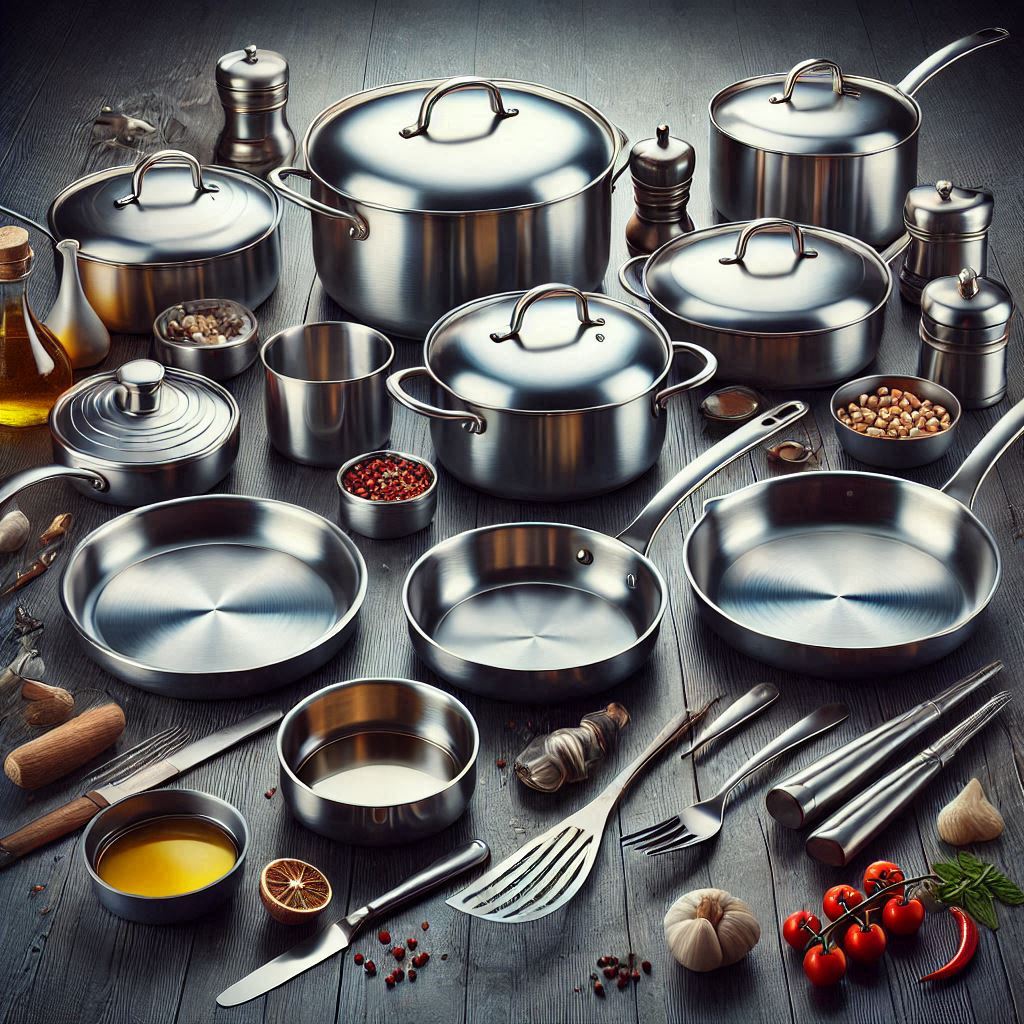

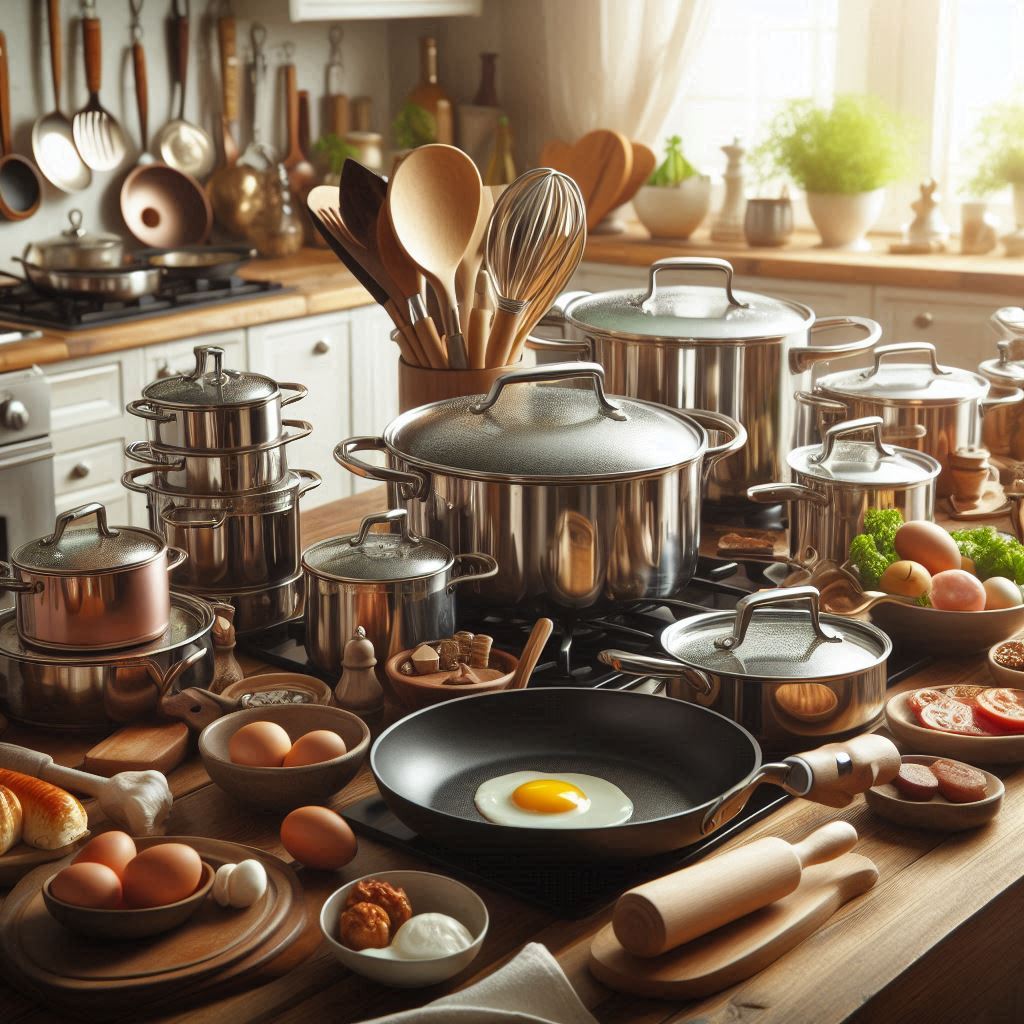
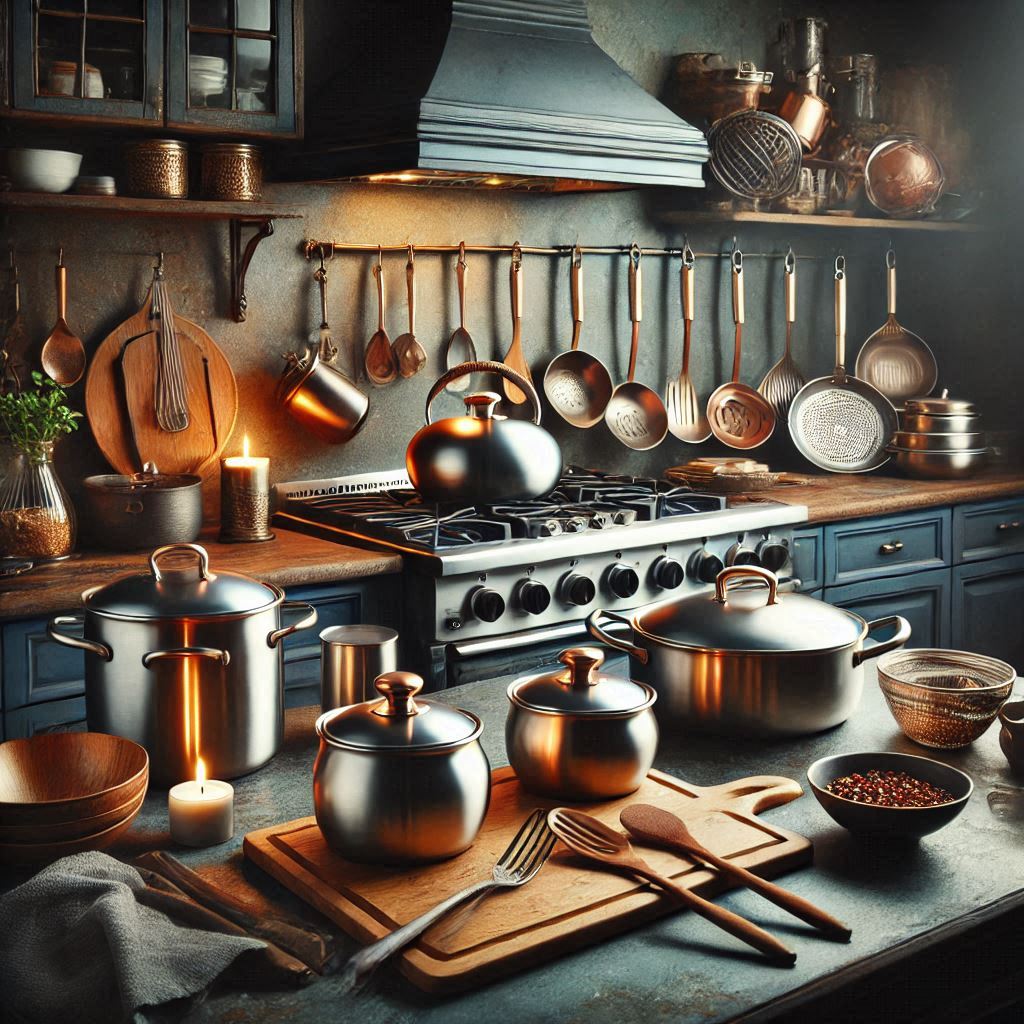
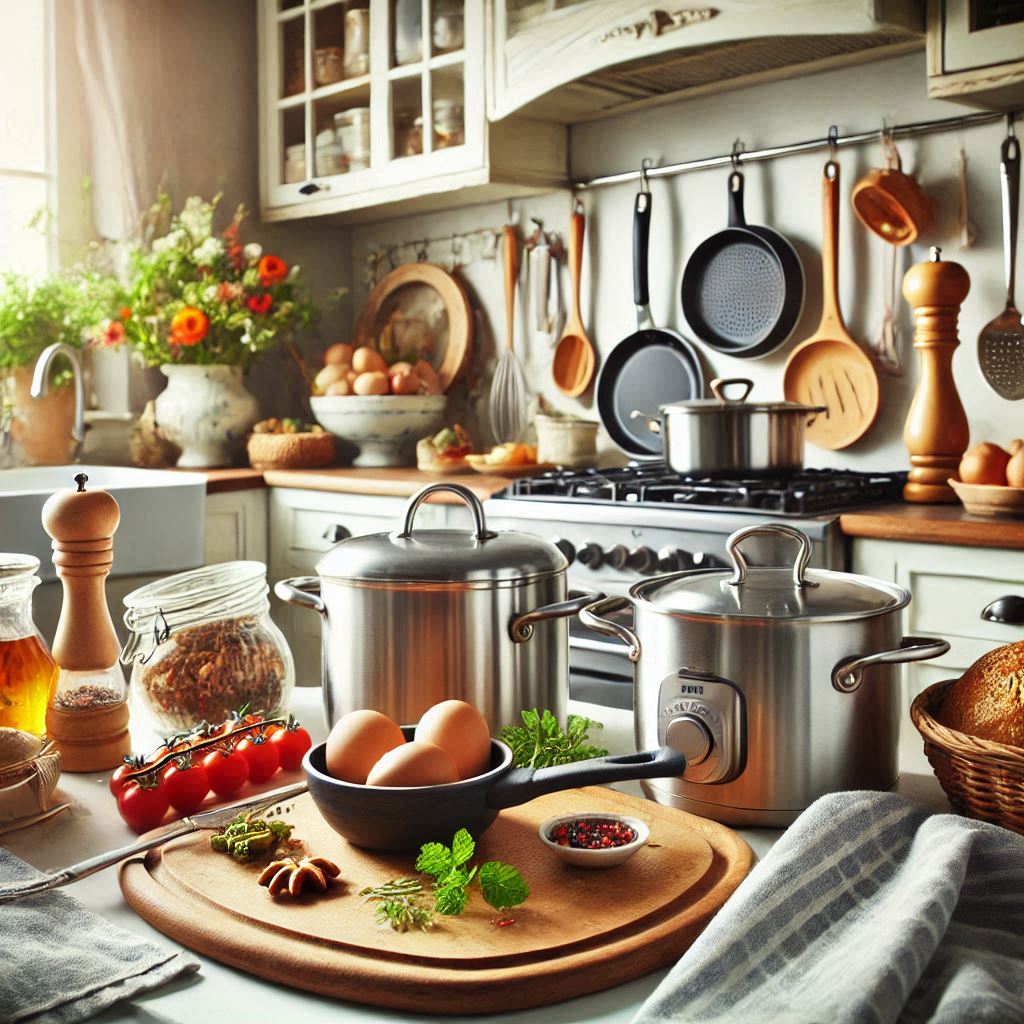

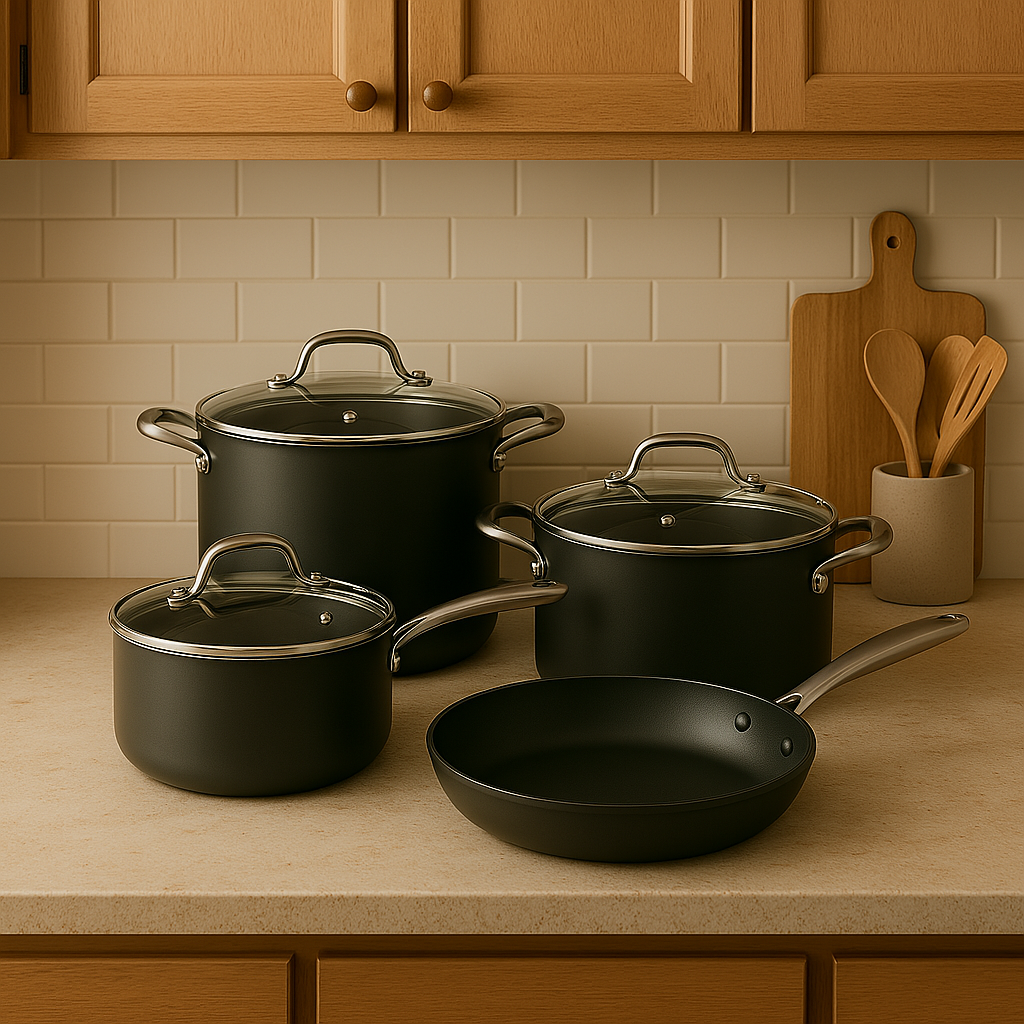
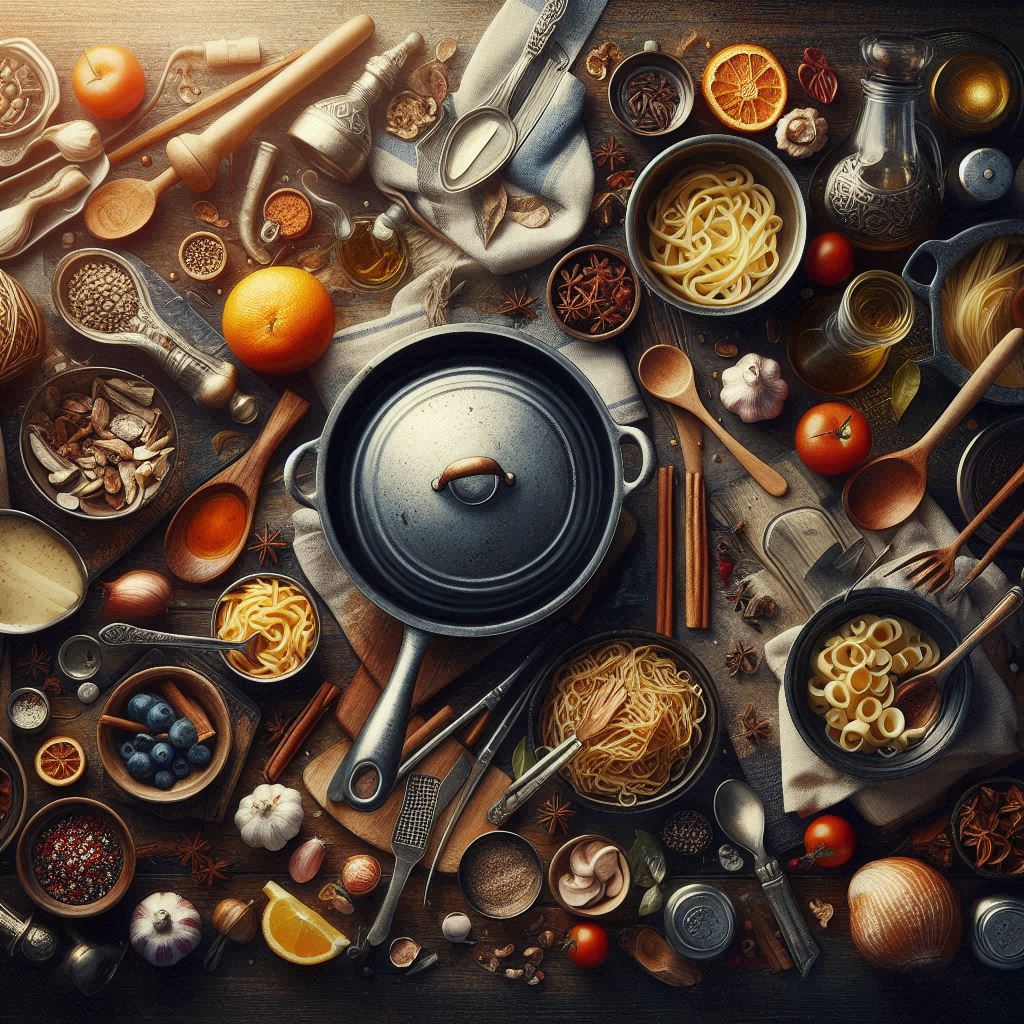
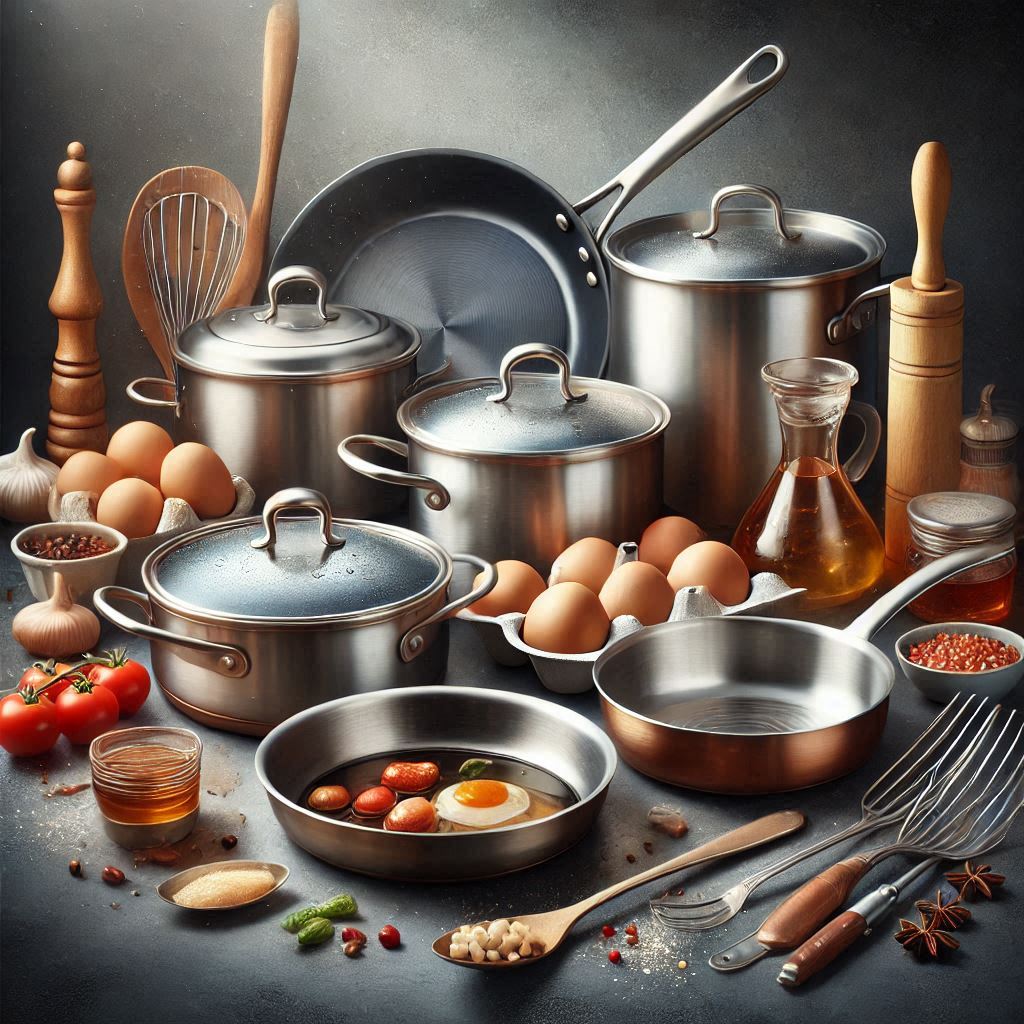
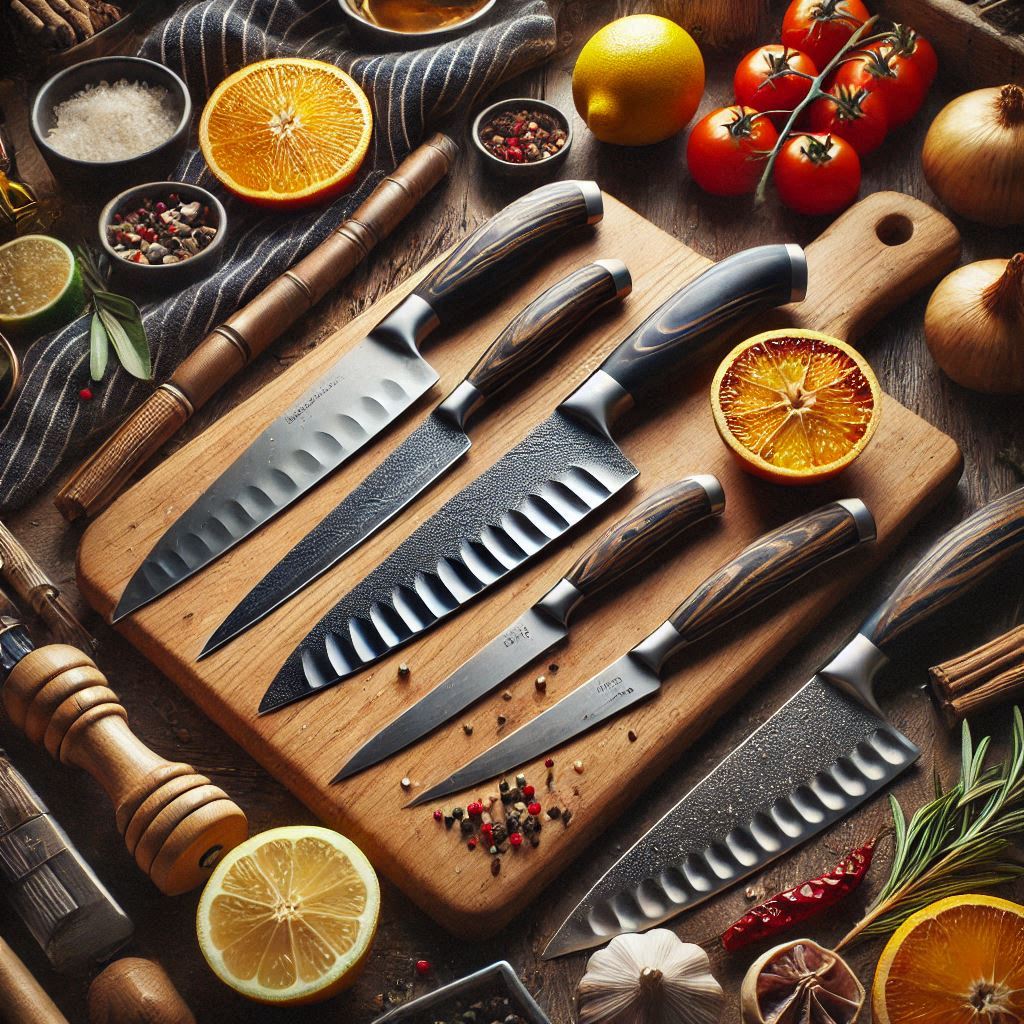
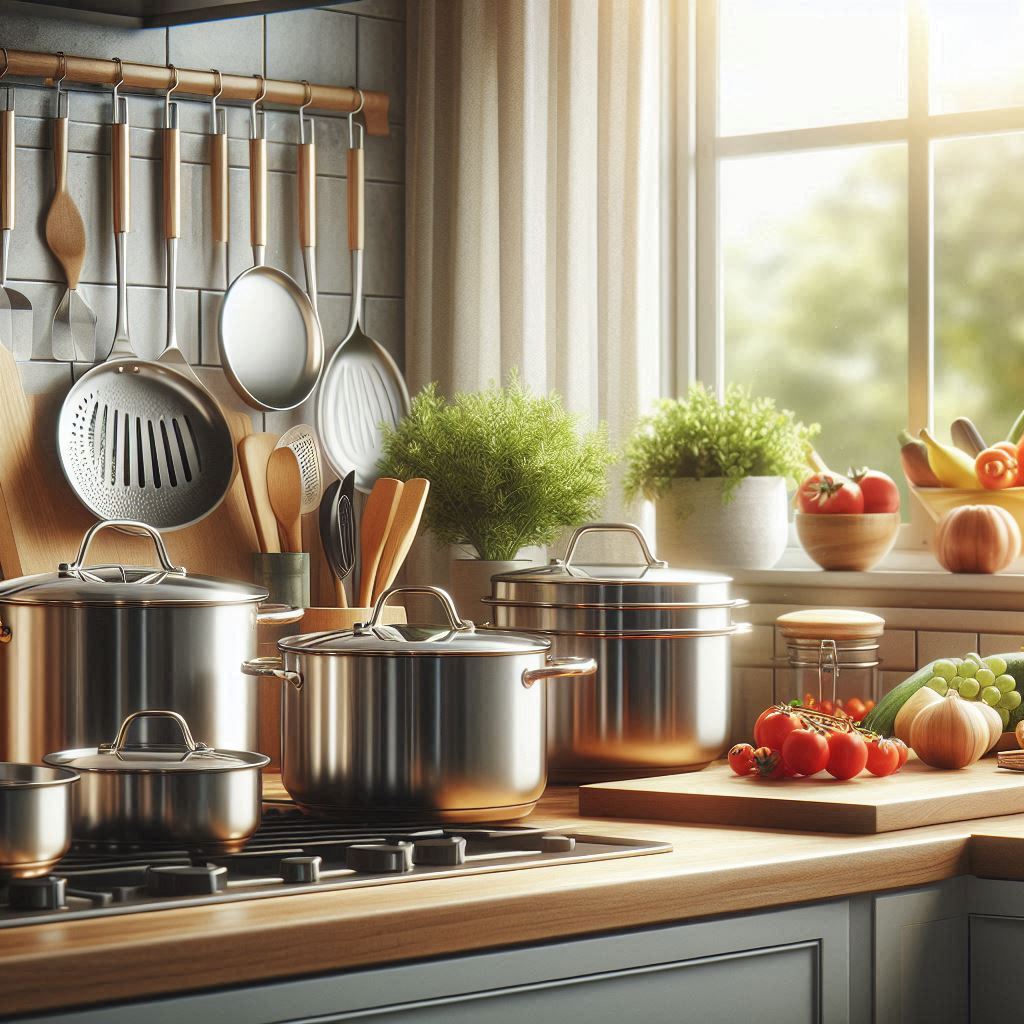

Leave a Reply